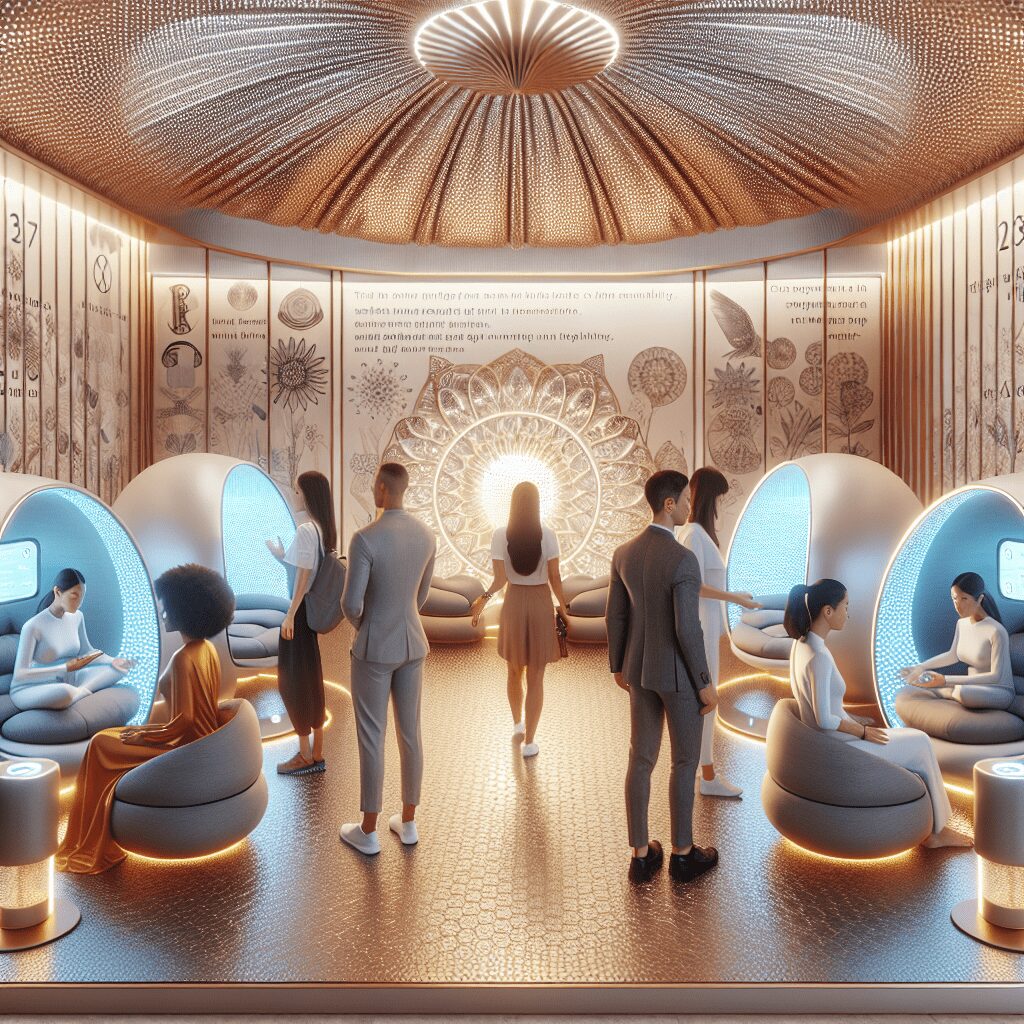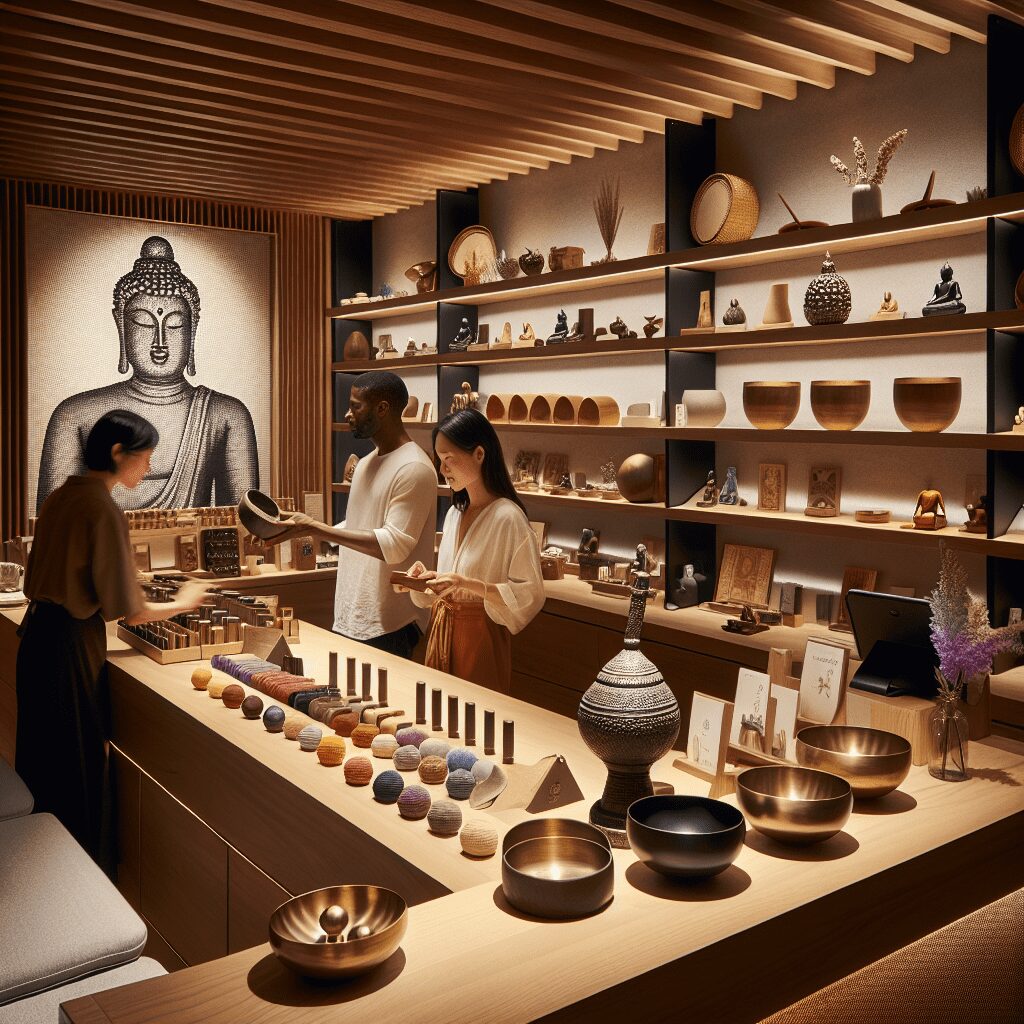
Prioritize your mental well-being daily. Enhance your life by nurturing your mental health with the Smart Meditation app. Break free from stress, alleviate anxiety, and enhance your sleep quality starting today.
Permaculture Design Visualization
Unraveling the Essence of Permaculture Design Visualization
Diving into the world of permaculture design, one quickly realizes it’s not just about growing plants; it’s an ethos, a blueprint for sustainable living that harmonizes with nature’s rhythm. But, how do you bridge the gap between permaculture theory and tangible, flourishing ecosystems? That’s where the magic of visualization steps in.
Visualizing Permaculture: A Pathway to Sustainable Living
Permaculture design visualization is much more than a buzzword; it’s a transformative process that involves mentally mapping out sustainable landscapes before a single seed hits the soil. This practice isn’t just for the green thumbs or eco-warriors; it’s a tool for anyone aspiring to create a more sustainable, efficient, and harmonious living space.
A Snapshot of the Process
-
Observation and Interaction: Kick things off by getting to know your canvas. Whether it’s a sprawling acre or a compact balcony, understanding the ins and outs of your space is crucial. It’s all about observing the sun’s dance across the sky, feeling how the wind whispers through the area, and recognizing the land’s thirst or abundance of water. Each element dictates the potential of your permaculture paradise.
-
Zone Planning: Imagine your space as a series of concentric circles, with each zone serving a specific purpose. The zones are calculated from zero, your home or the hub of human activity, radiating outwards to the wild, untamed zones. This method not only streamlines your daily routines but also ensures efficient use of resources.
-
Sector Analysis: Here’s where a bit of directional detective work comes into play. By identifying various sectors – such as incoming winds, sunlight, and potential threats like floods or fires – you can design with nature, not against it. It’s about placing elements in your design that either harness or deflect these forces beneficially.
-
Layer Cakes and Guilds: No, we aren’t talking about baking. In permaculture, visualizing your landscape involves understanding layers from canopy trees to root vegetables. Similarly, guilds, or groups of plants that support and nourish each other, are crucial in creating resilient and productive ecosystems. Jotting down or sketching these relationships can unlock a more vibrant, self-sustaining garden.
-
Succession Planning: Nature doesn’t stand still, and your permaculture design shouldn’t either. Visualize not just the immediate, but how your garden will evolve over months, seasons, and years. This forward-thinking approach ensures longevity and adaptability.
The Tools of the Trade
Gone are the days of rudimentary sketches on napkins (unless that’s your vibe, of course). The digital era has ushered in a suite of tools that make design visualization a breeze. From sophisticated software that models 3D landscapes to apps that plot sunlight exposure throughout the year, technology is at our fingertips, ready to bring our green dreams to life. Yet, the most powerful tool in permaculture design remains the human imagination, complemented by a deep understanding of natural laws and ecological principles.
Igniting Change Through Visualization
The journey of permaculture design visualization is more than plotting plants and paths; it’s a holistic approach to creating ecosystems that heal the planet while catering to human needs. By visualizing and implementing these designs, we’re not just gardeners or landscapers; we’re architects of a sustainable future. So, whether you’re redesigning your backyard or planning a community garden, remember, every sustainable journey starts with a vision. And with permaculture principles in your design toolkit, that vision can turn into a living, breathing reality that nurtures both people and the planet.





